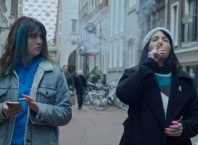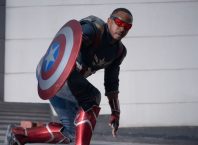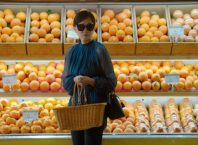Bezalel Academy of Arts and Design, Jerusalem opened their end of the year exhibition this past Thursday, July 14, 2011. A whirlwind tour through the Mount Scopus building just before the show opened, revealed an entire building transformed by a diverse collection of works from all the departments, with some close encounters with artists along the way. The exhibit is free and open to the public through July 29, 2011, and it is recommended to allow plenty of time – there’s a lot to see and explore.
Micky Karatzman, Head of the Photography Department, shared some of his thoughts with the group as we walked through the exhibit. Discussing the situating of photographs within the context of a particular space, and the meeting place between photography and installation, photography and video, Karatzman said that some of the students have come to feel that, “Merely hanging a picture on the wall is not satisfying.” Several have created installations such as Cezar Sperinde’s Daddy’s House. Karatzman expressed his regret that due to space constraints, these “ex-territorial” works have ended up on a different floor, set apart from the rest of the department. One can also observe an extensive use of video, as Karatzman said, “We are in the midst of this discussion [the relationship between photography and video]. I am the teacher, but for the most part, I have only questions.” Karatzman noted that there is a close relationship between the Fine Arts and Photography Departments at Bezalel, with students taking courses in both departments.
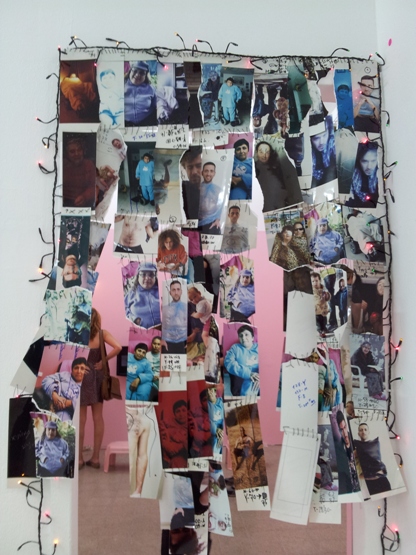
The most striking aspect of the exhibit as a whole is the diversity and wide range of styles and approaches. Just off one narrow corridor the room on the right contains the project Amal by Daniel Gentelev, 70 X 70 inkjet prints with portraits and still life images dealing with issues of identity and home. The dominant color in the room is white. In the room opposite a curtain of small photos connected by black thread adorned the entrance to Shimon Bokshtein’s exhibit of photographs and collage displayed in a room painted pink with strings of small lights draped on the walls.
Moving on to the Fine Arts Department exhibit with Ido Bar-El, who is currently completing his position as department head, who said, “Each class is a kind of promise,” and explained that a great deal of autonomy was given to the students, with each student choosing the works to be displayed.
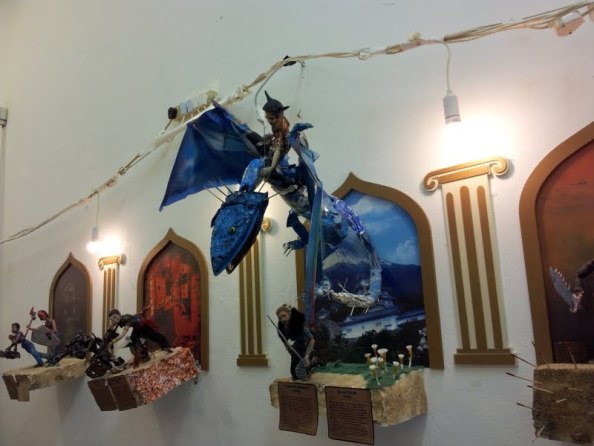
We encountered some of the students along the way, including Shahar Barnett amongst his display of sculptural figures. Barnett explained the source of the work, saying, “My motivation came from a weird belief that I too deserve, if not the life of an emperor, then an emperor’s burial…I don’t have a private terracotta army, but I do have a mother, grandmother, friends…so I enlisted them.” Barnett also demonstrated that most of the figures are functional – shooting a tiny unidentified object (perhaps a miniature cannonball?) from a miniature cannon.
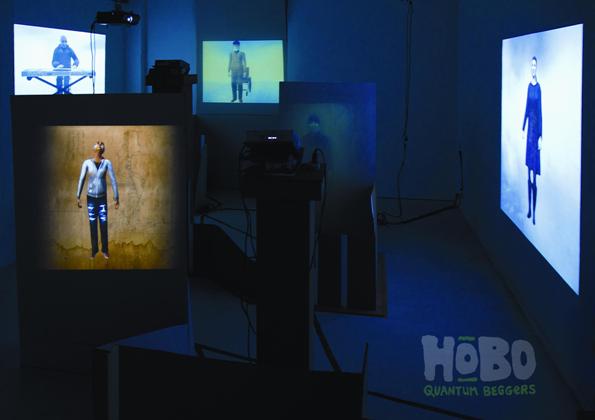
Monty Alon’s video installation “Hobo-Quantum Beggars” is a virtual association of homeless people, with animated projections based on real people interviewed in Jerusalem. Bar-El recounted that two of the people interviewed attended Bezalel’s mid-year show.
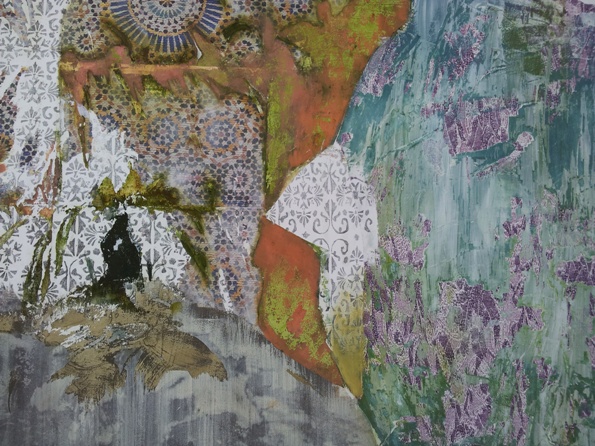
While some, like Ella Cohen Vansover’s Erasures on a Mirror, experiment with new forms, more traditional forms, such as painting, also have a strong presence in the exhibit, including: Yael Ben Simon’s oil painting on the surface of the walls, Tslil Tsement family portraits, Danielle Fischer’s shaped paintings, Almog Neeman’s exotic landscapes, and many more.
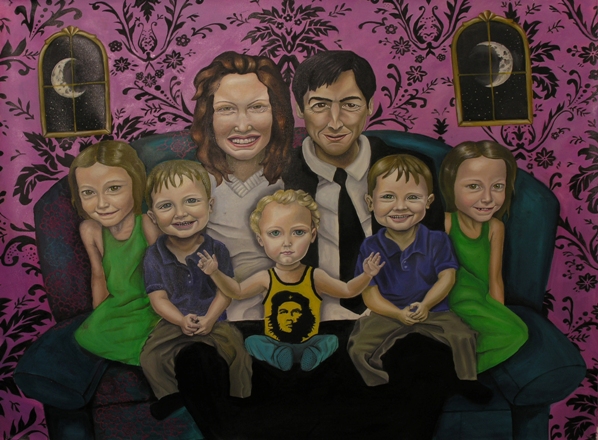
This exhibit also extends beyond the physical boundaries of the department with several installations in the basement. In room 324, Chen Lev has assembled several screens on the floor with animated imaginary creatures. Lev explained that “their physiological build creates the action. They want to hug, but their body shape makes them injure one another.” There is one wall projection in the room that explores this theme within the context of a community of creatures.
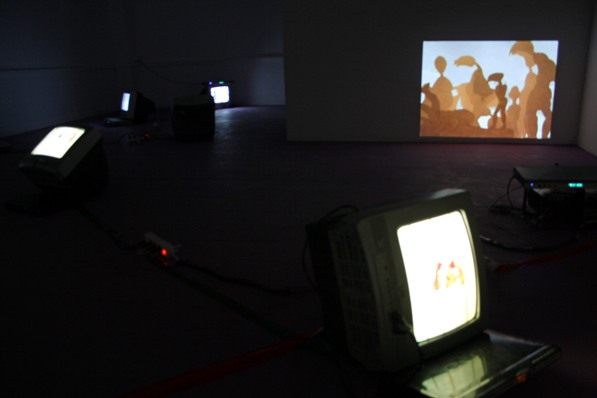
There is an abundance of images and concepts, and many more departments to explore including Ceramics and Glass Design, Screen Based Arts, Fashion Design and Jewelry, and Visual Communications. If at all possible, set aside several hours for this exhibit. The exhibit is free and open to the public at the Bezalel Campus, Mount Scopus, Jerusalem. Opening hours are: Sun – Thurs from 10:00 – 21:00; Fri 10:00 – 16:00. The exhibit will be closed on July 25, 2011. Buses to Mount Scopus: 19, 17, 4a, 26, 42, 46, 68, 30. The exhibition is sponsored by the Mandel Foundation, USA.



